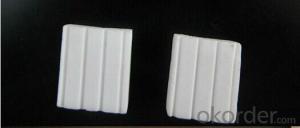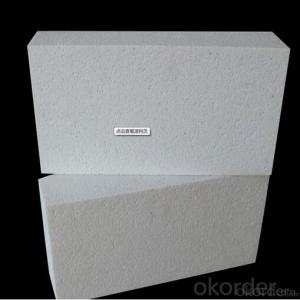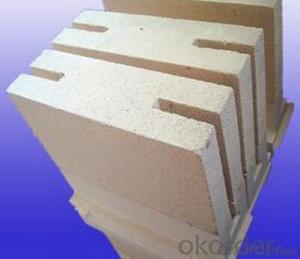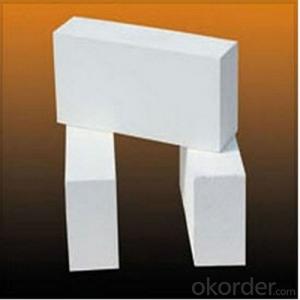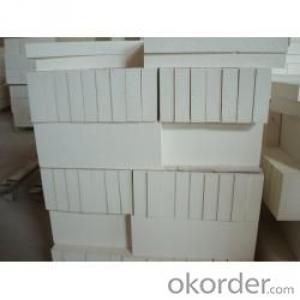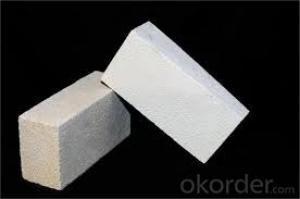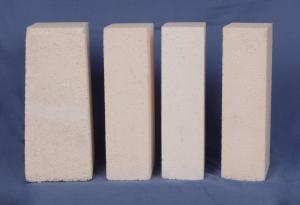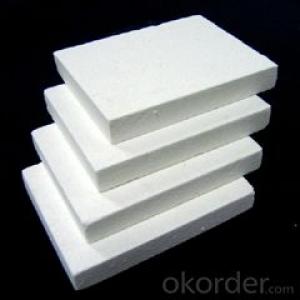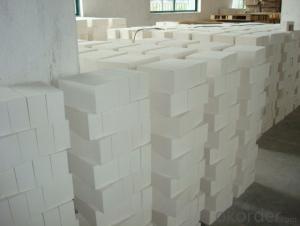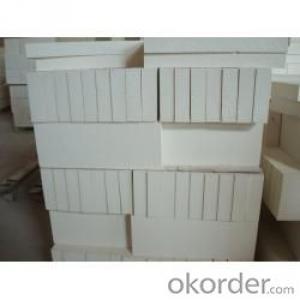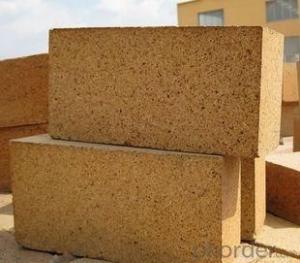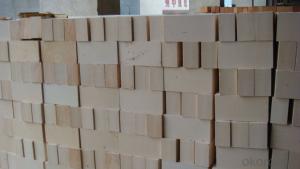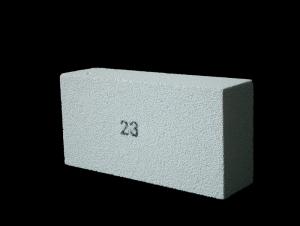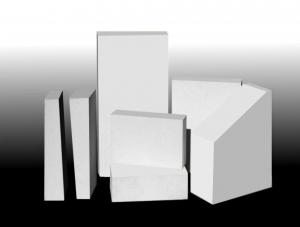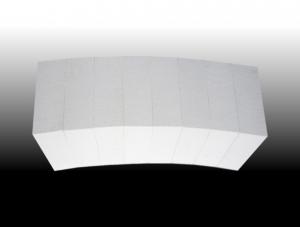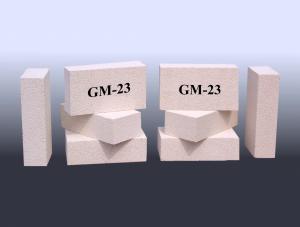Insulating Fire Brick Bubble Low Alumina Bricks
- Loading Port:
- China Main Port
- Payment Terms:
- TT OR LC
- Min Order Qty:
- -
- Supply Capability:
- -
OKorder Service Pledge
Quality Product, Order Online Tracking, Timely Delivery
OKorder Financial Service
Credit Rating, Credit Services, Credit Purchasing
You Might Also Like
Specifications
Alumina bubble brick
1)95% alumina
2)acid and alkali resistant
3)SGS,ISO
4)Rich size
Alumina Ceramic Liner AL2O3 99.5%
Parameter
| AL2O3 | ≥90% |
| SiO2 | ≤7% |
| CaO+MgO+Fe2O3+others | 2% |
| True Density | 3.60g/cm3 |
| Water Absorption | <0.01% |
| Hardness(Mohs) | ≥9 |
| Color | White |
We supply high quality Bubble Alumina Bricks to clients.
Quick Details:
| Place of Origin: China (Mainland) | Shape: Brick | Material: Alumina Cement |
| SiO2 Content (%): 0 | Al2O3 Content (%): 92 | MgO Content (%): 0 |
| CaO Content (%): 0 | Refractoriness (Degree): Common (1580°< Refract... | CrO Content (%): 0 |
| SiC Content (%): 0 | Model Number: ADAB | Brand Name: CNBM |
| Function: Acid Resistance Bricks | Color: White | Porosity: Solid |
| Type: acid resistant ceramic brick |
- Q: Can insulating fire bricks be used in electric furnaces?
- Yes, insulating fire bricks can be used in electric furnaces. These bricks are specifically designed to withstand high temperatures and provide excellent insulation, making them suitable for use in electric furnaces where heat retention is crucial.
- Q: Can insulating fire bricks be used in the construction of hot blast stoves?
- Indeed, it is possible to utilize insulating fire bricks in the fabrication of hot blast stoves. These bricks are specifically engineered to possess a low thermal conductivity, rendering them highly efficient in diminishing heat dissipation. In order to ensure optimal functionality, hot blast stoves necessitate the maintenance of elevated temperatures, a goal that can be accomplished through the utilization of insulating fire bricks, which effectively restrict heat transfer to the stove's external surface. Furthermore, these bricks exhibit commendable insulation properties, enabling energy conservation and enhancing the overall efficiency of the stove. Moreover, it is worth noting that insulating fire bricks are resistant to thermal shock, a crucial attribute in hot blast stove applications where frequent temperature fluctuations are common.
- Q: Can insulating fire bricks be used in refractory lining applications?
- Yes, insulating fire bricks can be used in refractory lining applications. Insulating fire bricks are made from lightweight materials that have high insulating properties, such as clay or silica. These bricks are designed to provide excellent thermal insulation, reducing heat loss and improving energy efficiency in high-temperature applications. In refractory lining applications, insulating fire bricks are commonly used to line the walls, floors, and roofs of furnaces, boilers, kilns, and other industrial equipment. They are effective in preventing heat transfer to the surrounding environment and maintaining the desired temperature inside the equipment. Insulating fire bricks are also resistant to thermal shock, meaning they can withstand rapid changes in temperature without cracking or failing. This makes them suitable for applications where the equipment goes through frequent heating and cooling cycles. Furthermore, insulating fire bricks have low thermal conductivity, which means they can effectively limit heat transfer between different areas of the refractory lining. This helps to prevent hot spots and temperature imbalances, ensuring uniform heat distribution throughout the equipment. Overall, insulating fire bricks are a versatile and effective choice for refractory lining applications, providing excellent thermal insulation, resistance to thermal shock, and uniform heat distribution.
- Q: Are insulating fire bricks suitable for use in coke ovens?
- Yes, insulating fire bricks are suitable for use in coke ovens. These bricks are designed to withstand high temperatures and provide excellent insulation properties, making them ideal for use in coke ovens where extreme heat is generated during the coking process. They help to maintain the desired temperature inside the oven and prevent heat loss, resulting in improved energy efficiency and reduced fuel consumption. Additionally, insulating fire bricks have good resistance to chemical reactions and thermal shock, which further enhances their suitability for use in coke ovens.
- Q: Are insulating fire bricks resistant to mold or mildew?
- No, insulating fire bricks are not resistant to mold or mildew. These types of bricks are specifically designed to withstand high temperatures and provide excellent insulation, but they do not possess any inherent resistance to mold or mildew growth. Mold and mildew can still develop on the surface of insulating fire bricks if they are exposed to moisture or damp conditions. To prevent mold or mildew growth, it is important to ensure that the bricks are kept dry and well-ventilated. Regular cleaning and maintenance can also help in preventing the growth of mold or mildew on the surface of insulating fire bricks.
- Q: Can insulating fire bricks be used in the construction of industrial furnaces?
- Yes, insulating fire bricks can be used in the construction of industrial furnaces. Insulating fire bricks are specifically designed to withstand high temperatures and thermal shocks, making them suitable for use in furnaces where temperatures can reach extremely high levels. These bricks have low thermal conductivity, which helps to minimize heat loss and improve energy efficiency in the furnace. Additionally, insulating fire bricks are lightweight and easy to handle, making them convenient for construction purposes. Overall, their excellent insulation and heat-resistant properties make insulating fire bricks an ideal choice for industrial furnace construction.
- Q: Can insulating fire bricks be used as insulation for pizza ovens?
- Indeed, insulation for pizza ovens can be achieved by utilizing insulating fire bricks. Designed to endure high temperatures and offer remarkable thermal insulation, these bricks possess a low thermal conductivity property, enabling them to efficiently retain heat and inhibit its escape from the oven. Consequently, this aids in upholding a steady and elevated temperature within the pizza oven, facilitating even cooking and achieving crispy crusts. Furthermore, insulating fire bricks are lightweight and simple to install, rendering them a favored option for insulating pizza ovens.
- Q: What sizes are insulating fire bricks available in?
- Insulating fire bricks are available in various sizes to cater to different needs and requirements. The sizes typically range from standard sizes like 9" x 4.5" x 2.5" to smaller sizes like 9" x 4.5" x 1". These standard sizes are commonly used in fireplaces, kilns, and furnaces. Additionally, larger sizes may be available for industrial applications that require thicker insulation. It is important to note that the availability of sizes may vary depending on the manufacturer or supplier, so it is recommended to check with them for specific size options.
- Q: Can insulating fire bricks be used in the construction of steam boilers?
- Yes, insulating fire bricks can be used in the construction of steam boilers. They are designed to have high thermal resistance, low heat conductivity, and excellent insulation properties, which make them suitable for use in steam boilers. Insulating fire bricks help to retain heat efficiently, reduce energy loss, and improve the overall efficiency of the boiler system.
- Q: Are insulating fire bricks resistant to vibrations?
- Insulating fire bricks are generally not designed to be resistant to vibrations. While they are known for their excellent thermal insulation properties, their resistance to vibrations is typically limited. Insulating fire bricks are made from lightweight materials such as ceramic fibers, vermiculite, or perlite, which are not particularly known for their ability to dampen or absorb vibrations. Therefore, if a specific application requires resistance to vibrations, it may be advisable to consider alternative materials or designs that are better suited for such conditions.
Send your message to us
Insulating Fire Brick Bubble Low Alumina Bricks
- Loading Port:
- China Main Port
- Payment Terms:
- TT OR LC
- Min Order Qty:
- -
- Supply Capability:
- -
OKorder Service Pledge
Quality Product, Order Online Tracking, Timely Delivery
OKorder Financial Service
Credit Rating, Credit Services, Credit Purchasing
Similar products
Hot products
Hot Searches
Related keywords
